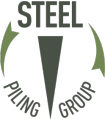Steel piles have clear-cut advantages on projects such as on river or estuary crossings where soils are typically granular and waterlogged and unsuitable for satisfactory pile boring, or where soft recent low bearing strength alluvium overlies bedrock. On cohesive soil sites, there is a wide selection of acceptable pile types and other construction aspects will govern.
Bearing piles are used mostly for supporting vertical loads and for this purpose the main requirements are to:
- Restrict average settlement to a low value.
- Minimise differential settlement.
- Achieve an adequate factor of safety or load factor against foundation failure.
Many technical and cost-benefit factors affect the selection of the most appropriate type of pile for a given structure. Very broadly, these factors can be divided into those related to:
- Site location and operating conditions.
- Type of soil and ground water level during installation.
- Type and size of the loads to be supported by the foundation.
- Type of structure, e.g. land or marine.
- Effect of the pile type on overall construction programme and cost.
Where piles have to resist tensile loading or absorb energy in bending, as in marine dolphins for ship impact, and in integral bridge piers for vehicle impact, there are special requirements to be considered which favour the selection of steel piles. In particular, the ductility of steel piles creates an elastic ‘compliance’ with the superstructure to absorb the impact energy by deflection.
The cost-benefit factors which may favour the choice of steel piles include:
- Total cost of the foundation, where it is important that the comparison between pile types is related to the total construction cost including installation and not just the cost of the pile material.
- Total construction time, where use of driven steel piling can result in a shorter construction period and an earlier project completion date.
- Environmental constraints, where the noise and vibration caused during steel pile driving has now been reduced by developing new installation equipment to be within limits stated in UK legislation.
- Sustainability issues, where steel bearing piles are easy to extract from the ground at the end of structure life and can be reused or recycled so reducing the whole life cost of the building.
Many of the above factors are interrelated, and all require consideration in arriving at the most suitable pile type for a given situation.
Included cover photo from SCI publication P156.
Read about Retaining Walls
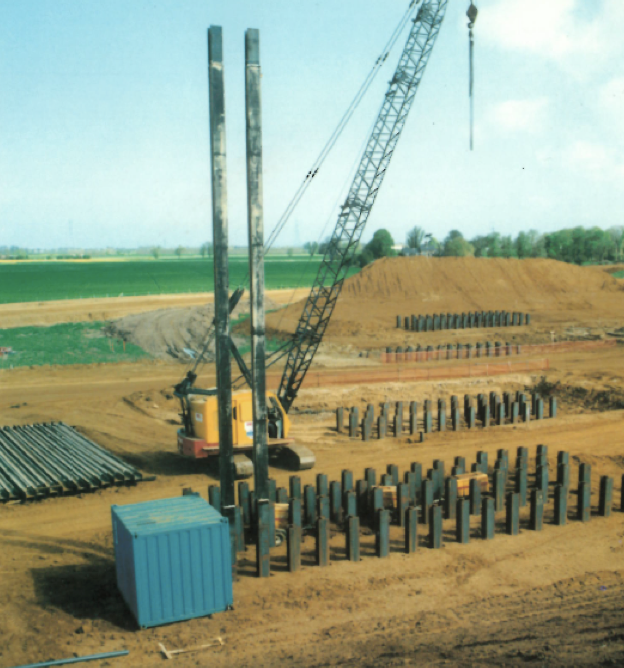
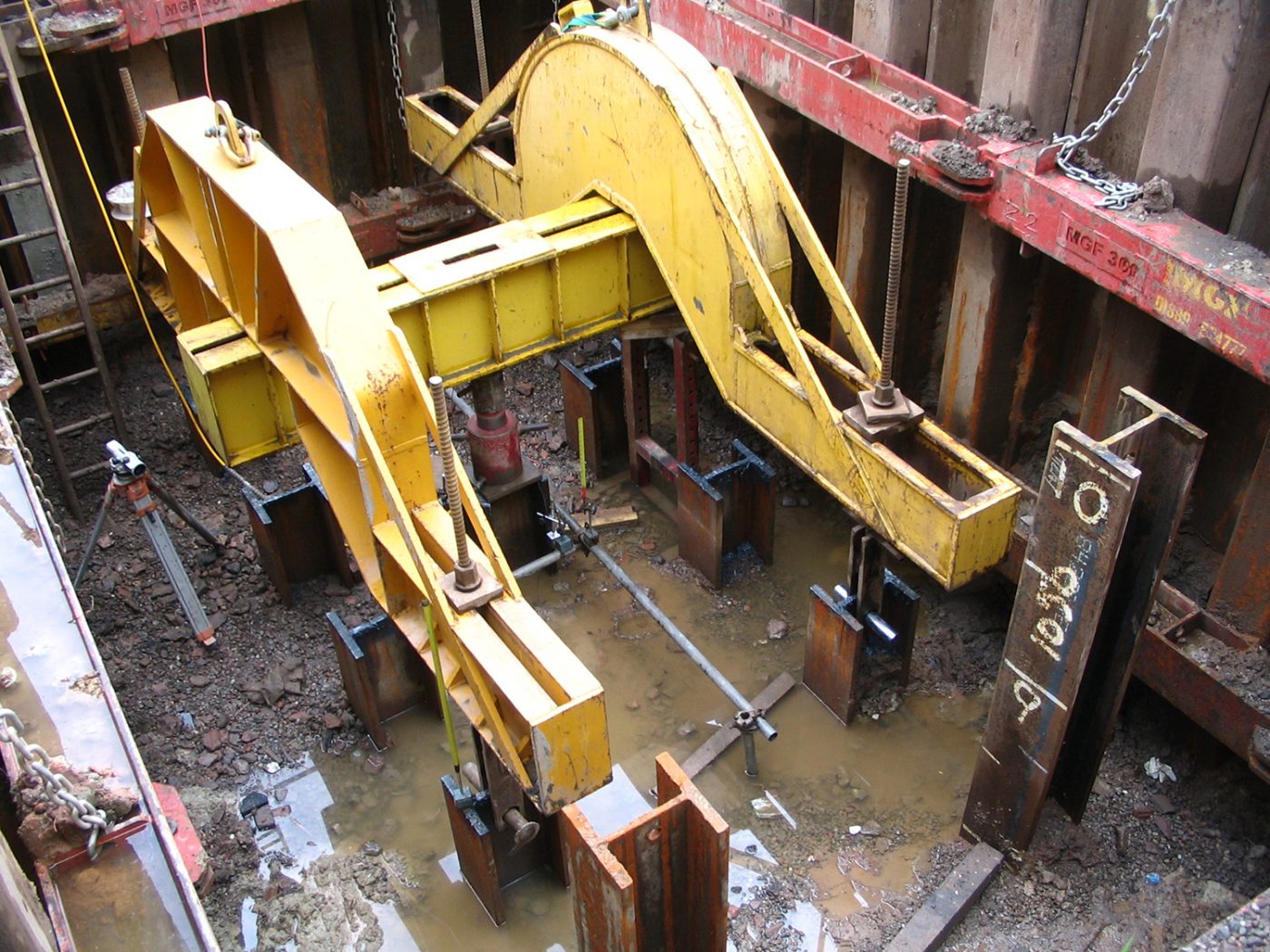
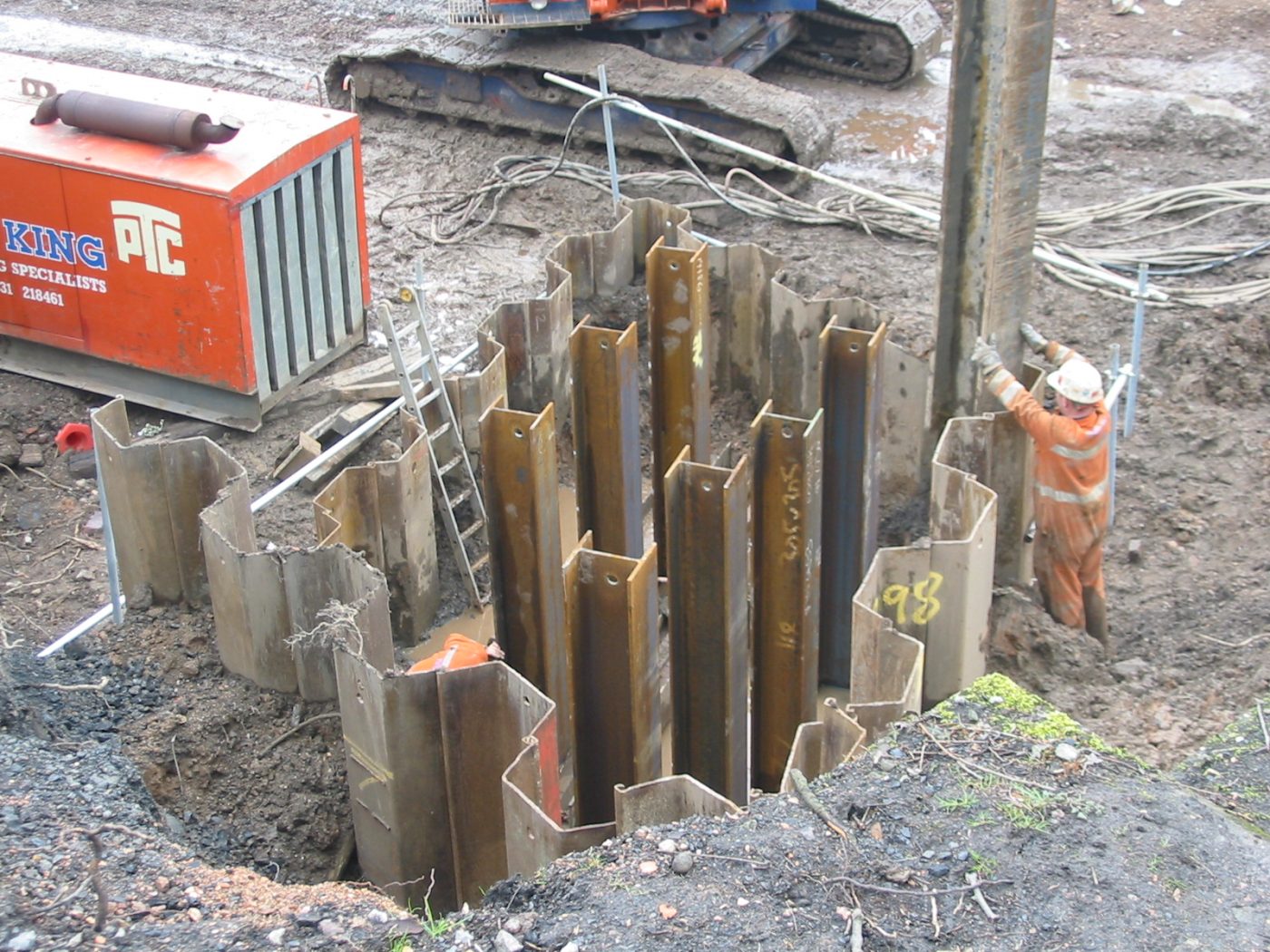
Case Studies
A selection of our work
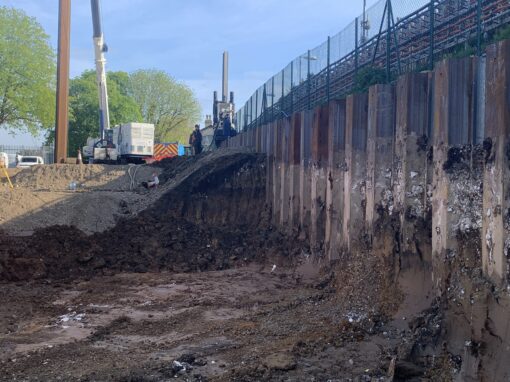
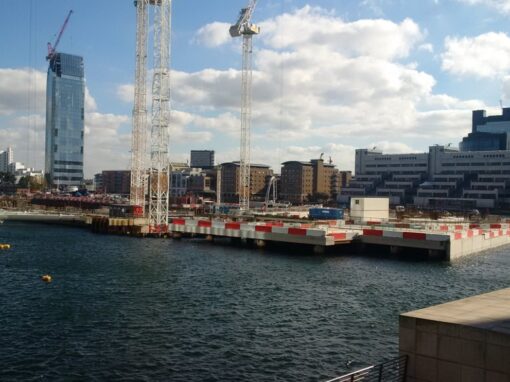
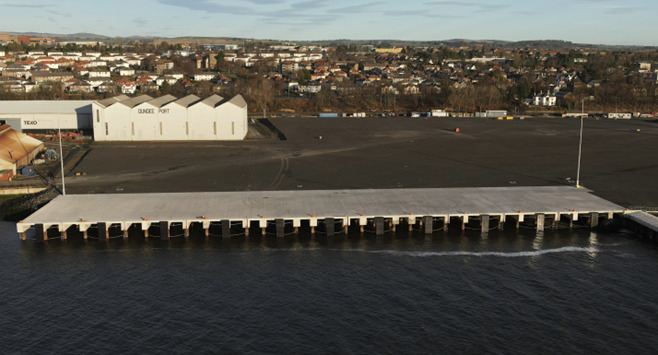
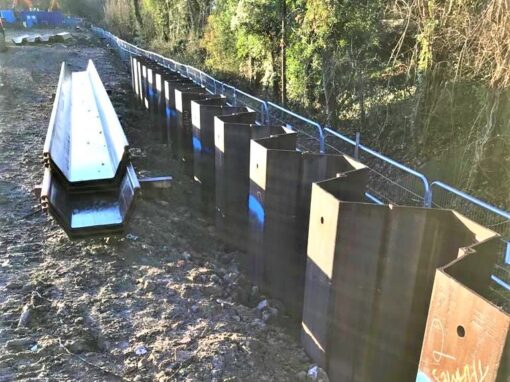
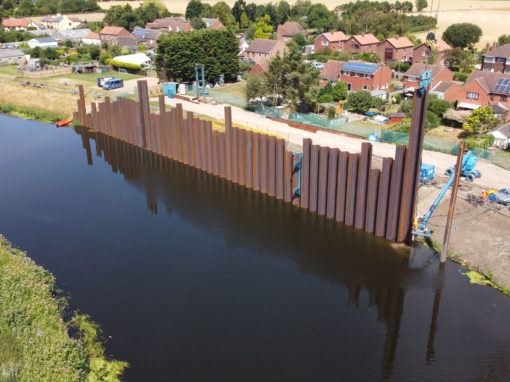
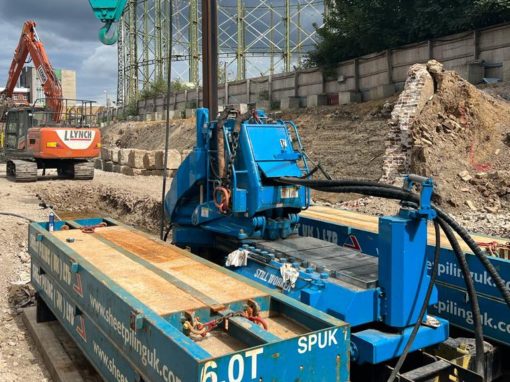
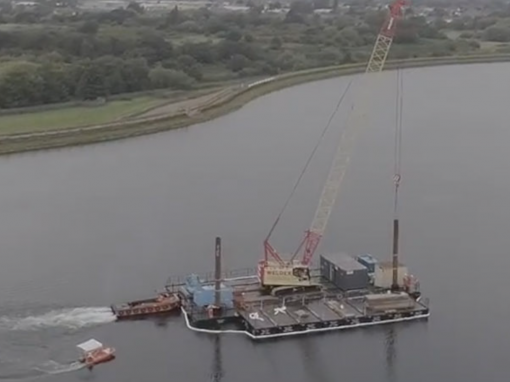
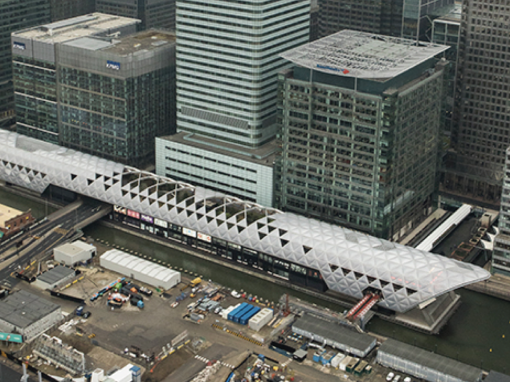
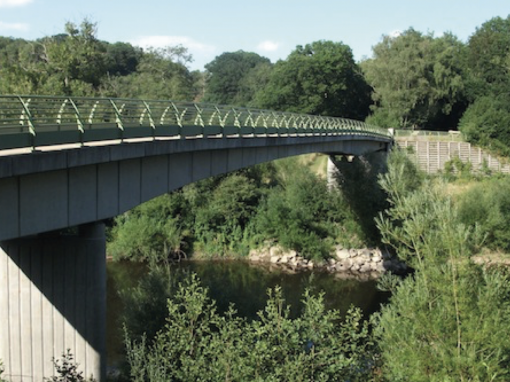
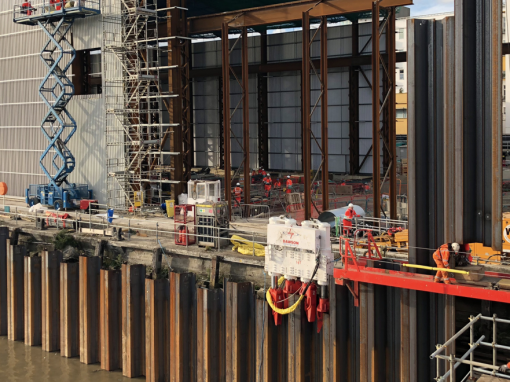
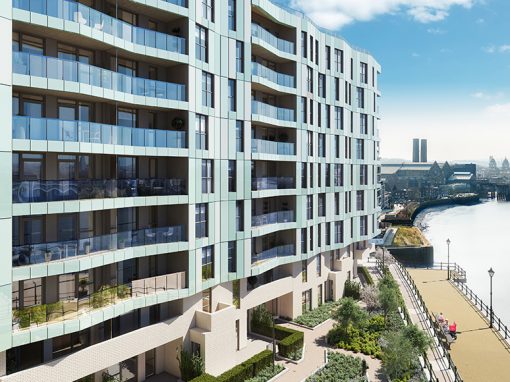
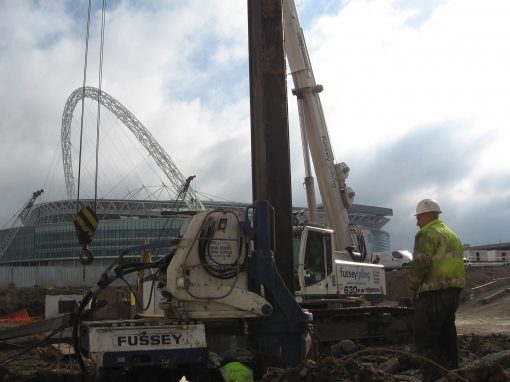
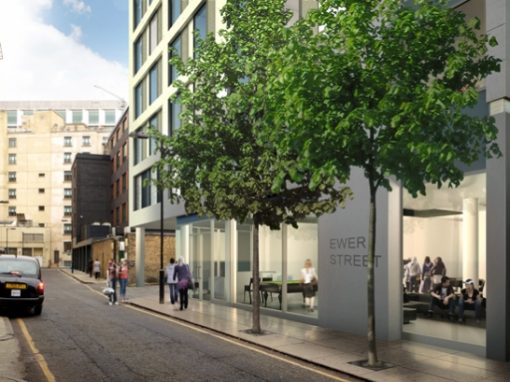
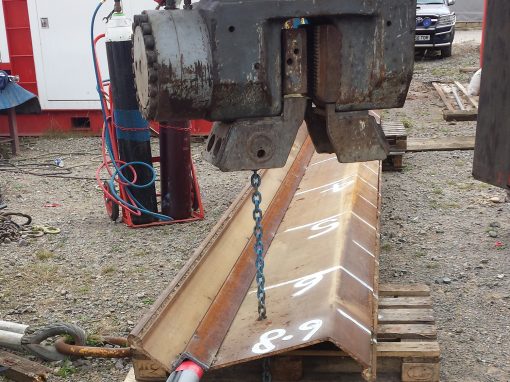
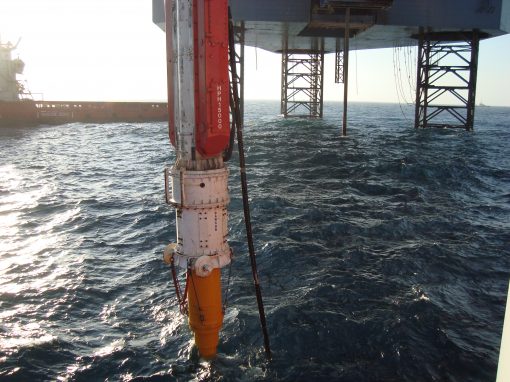
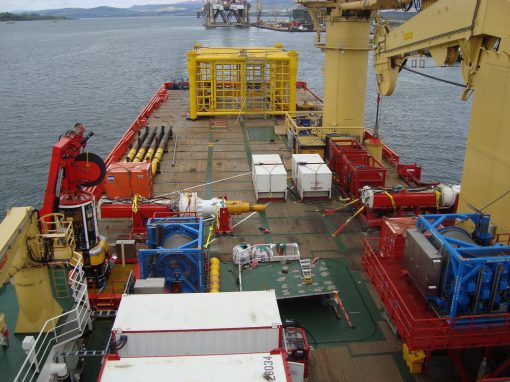
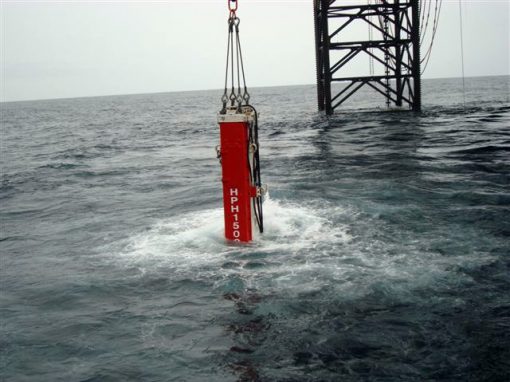
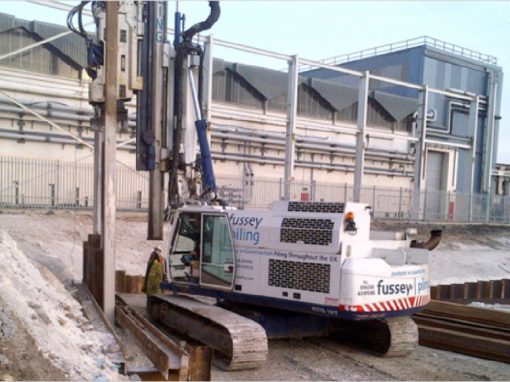
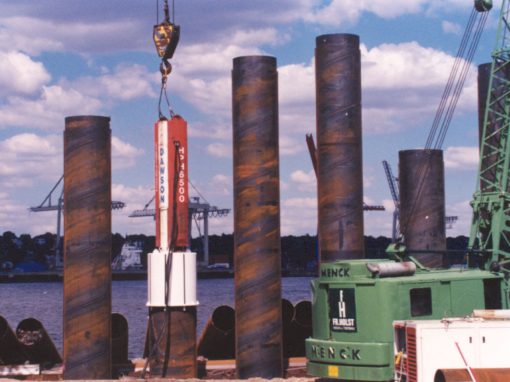
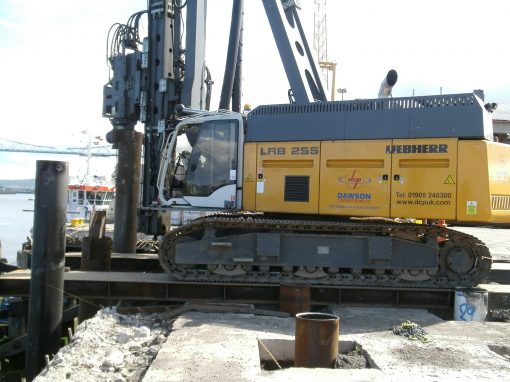
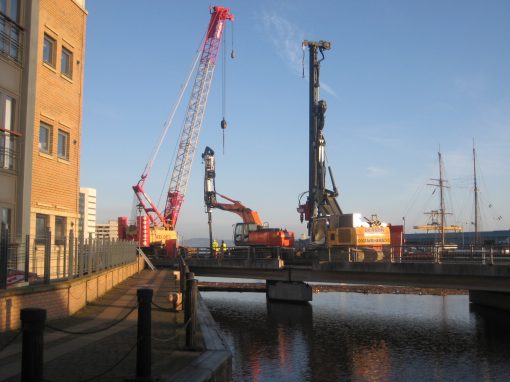
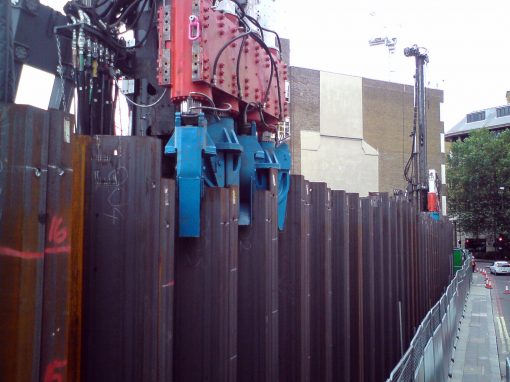
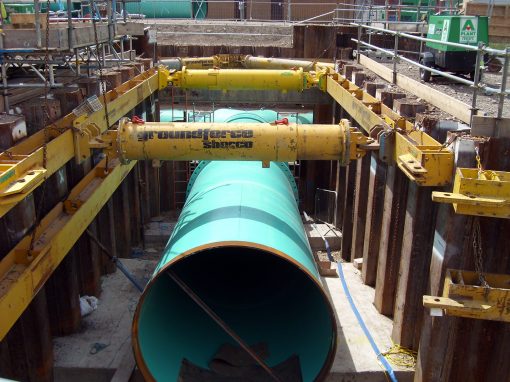
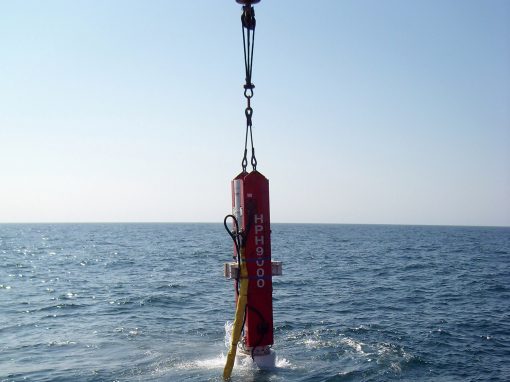
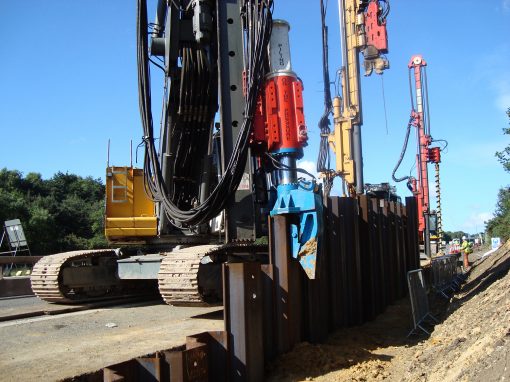
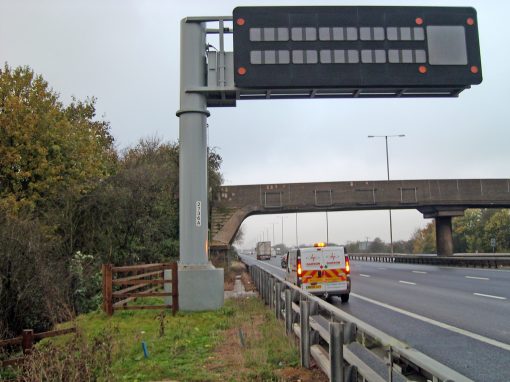
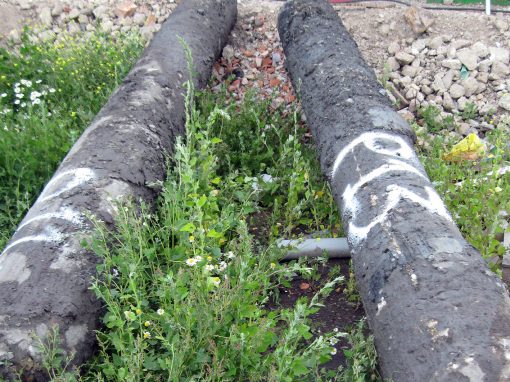
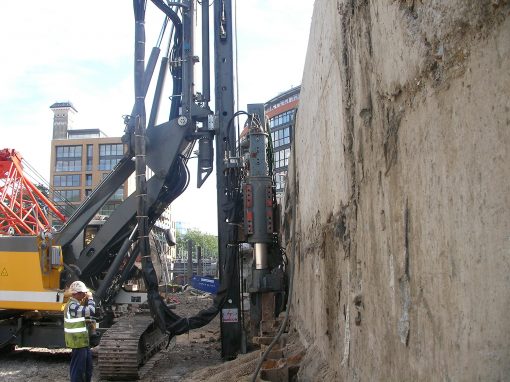
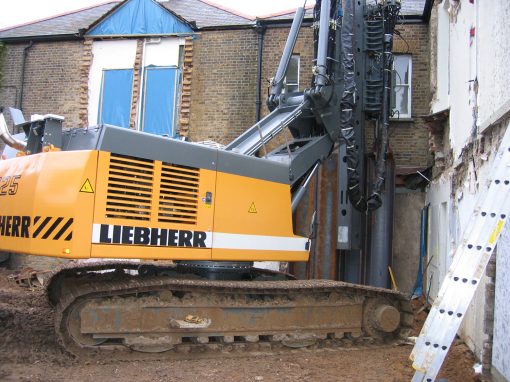
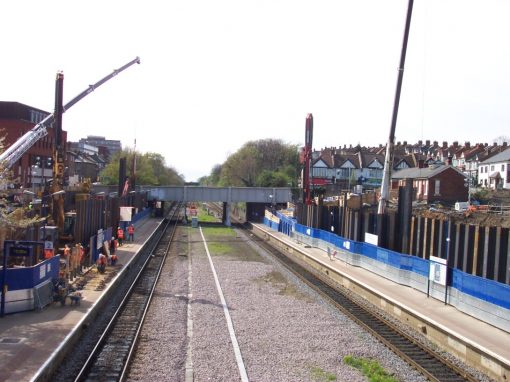
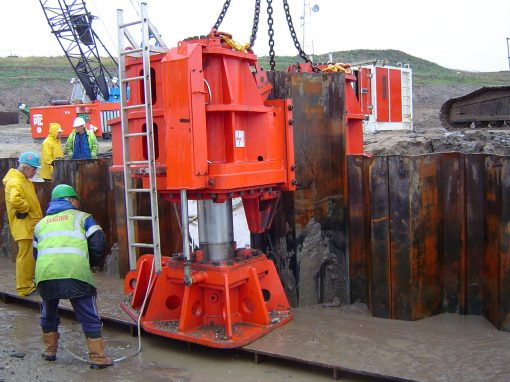
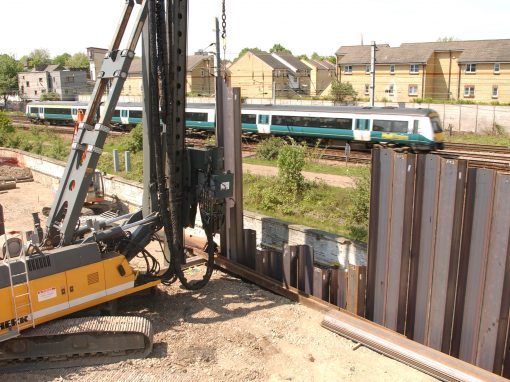
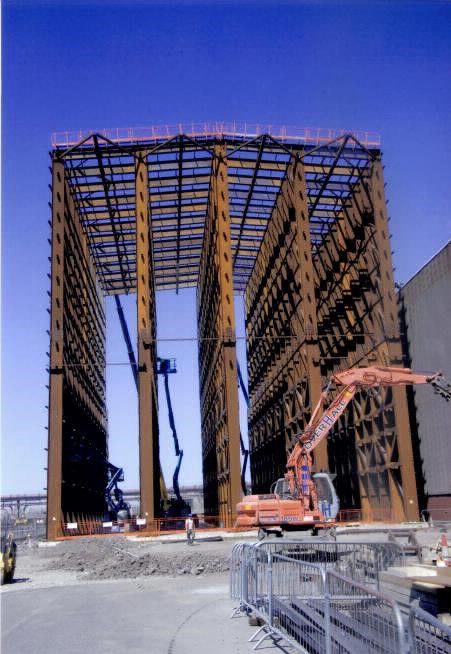
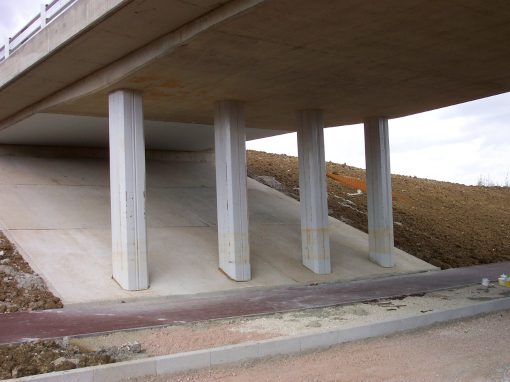
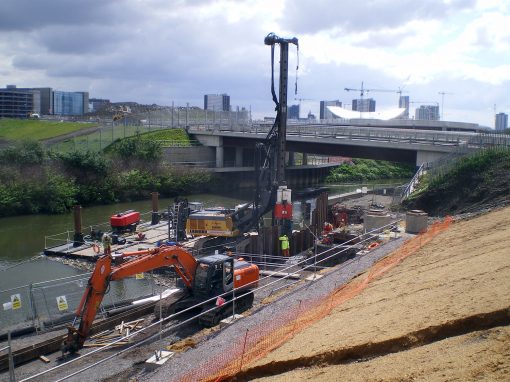
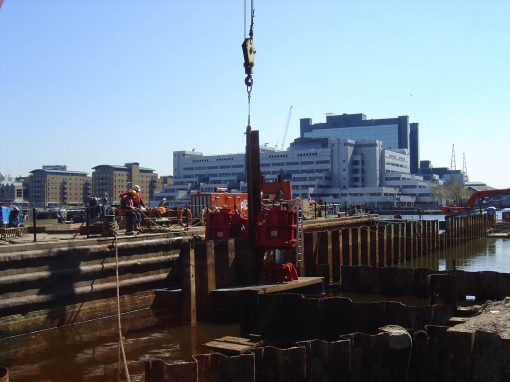
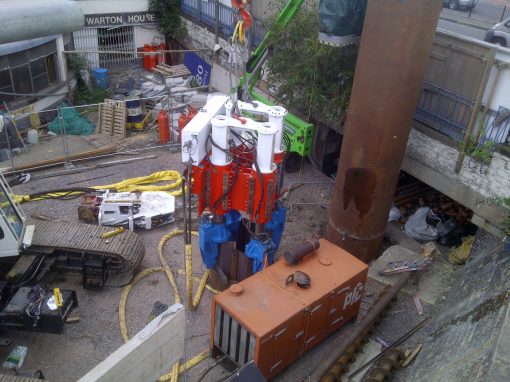
Steel Piling Group, C/O SCI, Silwood Park, Unit D, Buckhurst Road, Ascot ,Berkshire. SL5 7QN
E: info@steelpilinggroup.org

© Copyright 2018 Steel Piling Group
Terms & Conditions | Privacy Policy
